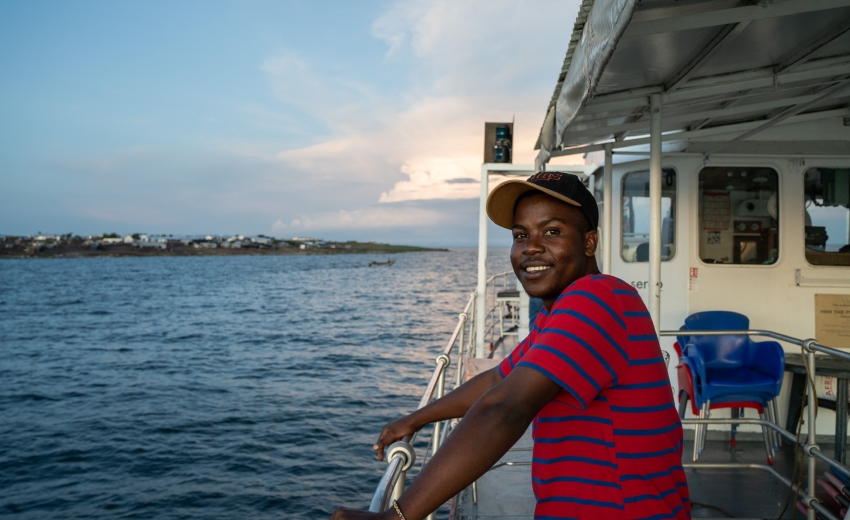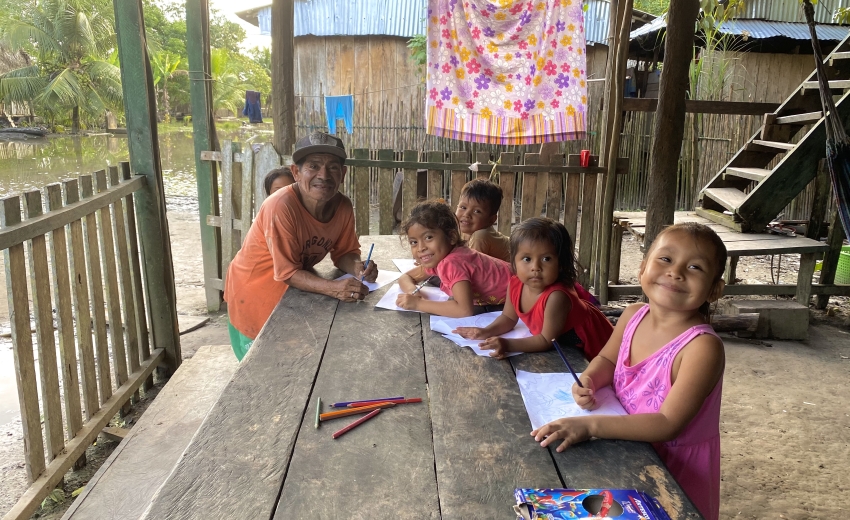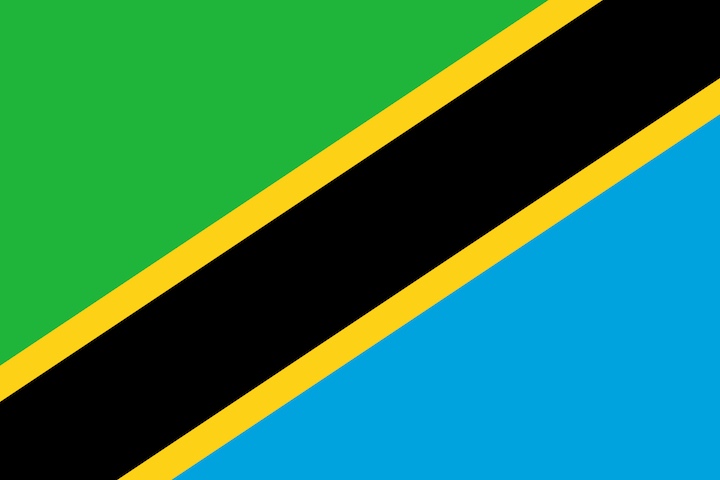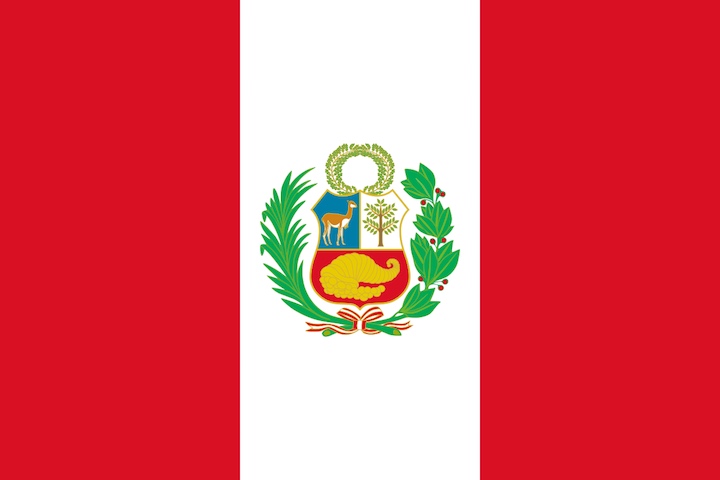TANZANIA
- Capital
- Dodoma
- Population
- 68.5 million
- Major Languages
- Swahili (national language), English, Arabic (in Zanzibar)
- Major Religions
- Christianity, Islam
- Life Expectancy
- 67 years (last recorded by WHO in 2021)
- Location
- East Africa
- Neighbours
- Kenya, Uganda, Mozambique, Democratic Republic of the Congo, Rwanda, Malawi, Zambia and Burundi
- Famous for
- Mount Kilimanjaro, the Serengeti, Zanzibar beaches, the Maasai people.

Tanzania is a colourful and vibrant country with a rich history and incredible wildlife. It’s home to geographical wonders such as Mount Kilimanjaro, the Ngorongoro Crater and the Great Rift Valley, and the earliest evidence of the existence of human ancestors has been found near Lake Olduvai in the Arusha Region.
Around 120 different ethnic groups live in Tanzania, making it a highly diverse and linguistically varied country: the national language is Swahili.
However, United Nations data shows that, as of 2023, 44.9% of the national population ranked below the income poverty line, and in the latest Human Development Index rankings it was 160th out of 191 countries.
Tanzania has rapid population growth and health care is limited in certain areas.
Our in-country partners’ Jubilee Hope Medical Programme operates out of Tanzania’s second-largest city, Mwanza, which lies on the south side of Lake Victoria. Mwanza itself is a major industrial centre and a busy port, but there are hundreds of small fishing communities with little to no access to high-quality medical care on the islands and along the 2,000-mile coastline of the lake.
Vine Trust’s Building Expeditions and Tanzania School Expeditions focus on supporting our partners Tanzania Women’s Research Foundation (TAWREF) as they build individual family homes in the foothills of Mount Kilimanjaro. The Kilimanjaro Region borders Kenya to the north and east and is home to 1.6 million people: it’s also the location of Africa’s highest mountain.
In 2019, our in-country partners AICT (Africa Inland Church Tanzania) have been collaborating with local authorities to implement plans for the Kazunzu Village of Hope on a cape around 20 km west of Mwanza.
PERU
- Capital
- Lima
- Population
- 33.8 million
- Major Languages
- Spanish (official), Quechua, Aymara (co-official)
- Major Religions
- Christianity
- Life Expectancy
- 72 years (last recorded by WHO in 2021)
- Location
- Western South America
- Neighbours
- Ecuador, Colombia, Brazil, Bolivia, Chile
- Famous for
- Machu Picchu and the Inca Trail, Colca Canyon, Rainbow Mountains, Nasca Lines, the Amazon.

Peru is a South American powerhouse of exceptional biodiversity and culture, spanning the icy peaks of the Andes in the west to the singular Amazon rainforest region in the east. The country is home to a remarkable thirteen World Heritage Sites, including Machu Picchu, the centre of capital city Lima, the Inca imperial hub Cuzco, and the stunning lines and geoglyphs of Nasca on the western coast.
It’s not surprising, then, that tourism is one of Peru’s largest industries, attracting millions of people from all over the world every year.
However, recent research from INEI (Peru’s National Statistics Institute) suggests that 29% of Peru’s total population is living in poverty, and the country’s health care system is very difficult to access for many people in more isolated areas.
Vine Trust’s Amazon Hope Medical Expeditions enable health professionals and student volunteers to work under the guidance of our in-country team, actively contributing to the work that they are doing to support vulnerable and rural communities in the Peruvian Amazon.
The ship leaves from the city of Iquitos in the north-east of the country and the in-country team delivers sustainable itinerant health care to local communities, leading consultations and workshops to promote good health practices whilst also providing primary care services in these places.

